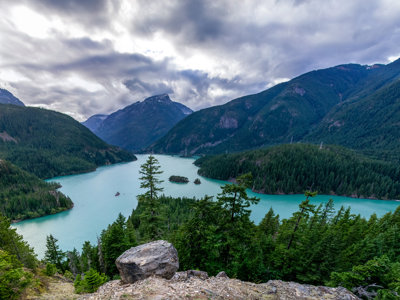A Level subject content overviews
To support teachers with the introduction of the 2016 A Level courses, the Society is providing a new range of online resources and support.
The following overview document provides an introduction for teachers to some of the key content, concepts and geographical theories within the new A Levels and will be particularly useful for colleagues who have not previously taught elements of the new content.
These have been written by leading academic geographers, a number of whom were members of the ALCAB subject advisory panel for geography.
There is particularly focus on the areas of core content.
There is a long history of Geomorphology as a key component of physical geography at A level so that the landscape systems core content in the new A-levels is in many ways familiar1. Understanding the key landforms and processes of glacial, dryland, or coastal landscapes is central to several previous specifications. Key erosional and depositional landforms and processes in these environments are well covered in existing text books and volumes providing more detailed process understanding are identified in the further reading section of this summary. So what is new in the content to be taught from 2016? The changes relate primarily to conceptual approaches to the understanding of geomorphology which are emphasised more strongly in the new content, which provide clear progression from GCSE and which link to the way Geomorphology is taught in higher education. This introduction to the Landscape Systems content therefore focusses on these key concepts which are applicable to each of the three optional landscape types.
The geomorphological content is specifically framed within a systems context so that students should understand that the physical landscape can be imagined as a series of linked components through which energy and material are cycled. Material is moved by geomorphological processes (e.g. mass movement or transport by ice) between stores. In geomorphological systems these stores are typically landforms (for example a sand dune or a beach deposit). The rates and types of processes controlling movement of material through the landscape vary in time and space creating distinctive sets of landforms. Critically, change in one part of the system can impact on other parts of the system so that landscapes need to be understood as complex interlinked systems. Human management of landscape systems requires an understanding of the linkages and feedbacks within the geomorphological system. Many of the general points about systems and systems theory made in the RGS-IBG ‘water and carbon cycle’ A Level overview also apply to the landscape content. Excellent introductions to geomorphological systems can be found in Huggett, 2003; Smithson et al., 2008; and Gregory and Lewin, 2014.
Download the full A Level Subject Content Overview document from the downloads box.
Written by Martin Evans, Professor of Geomorphology, School of Environment, University of Manchester

